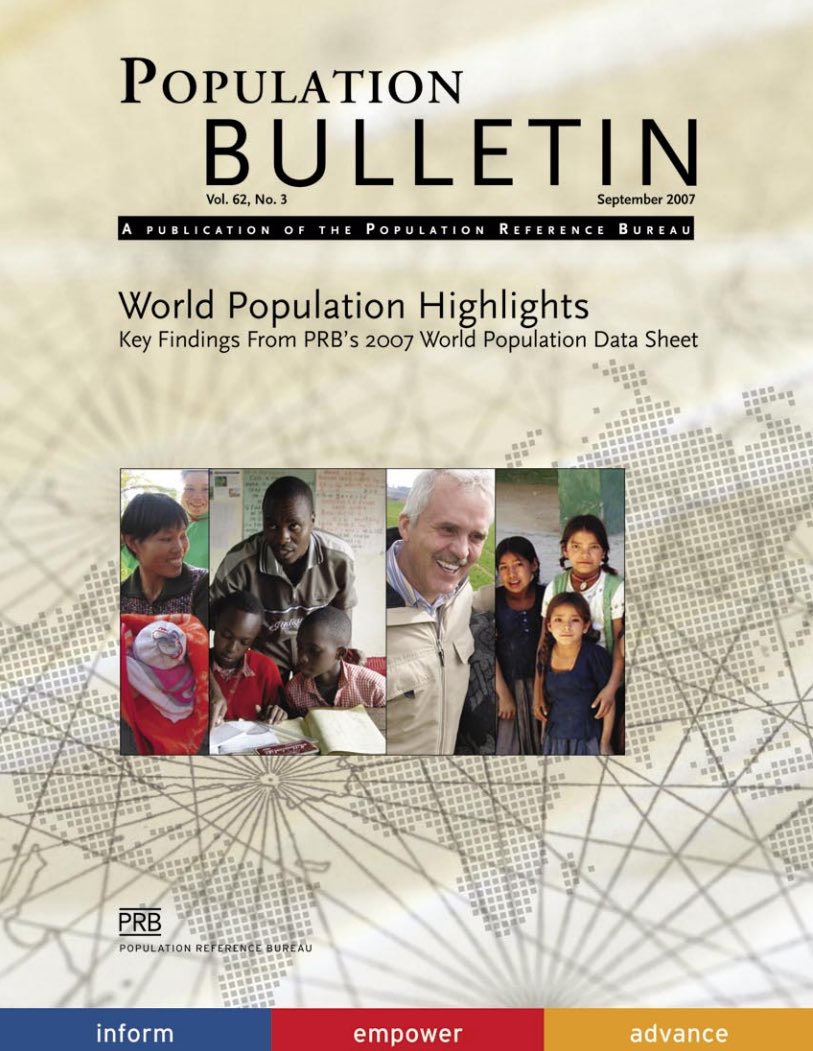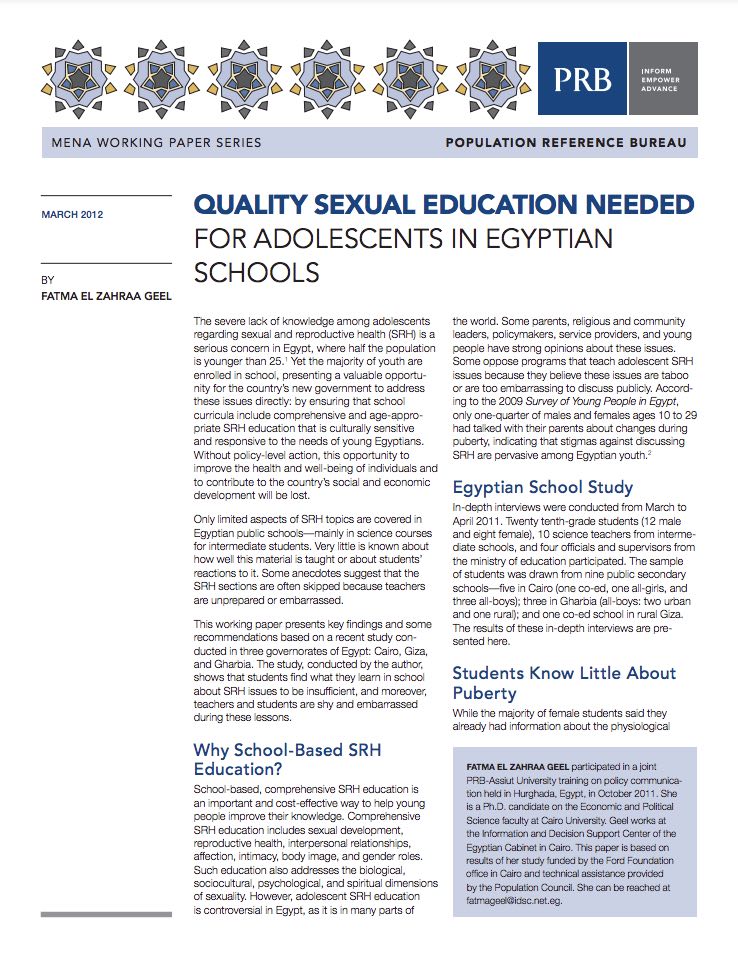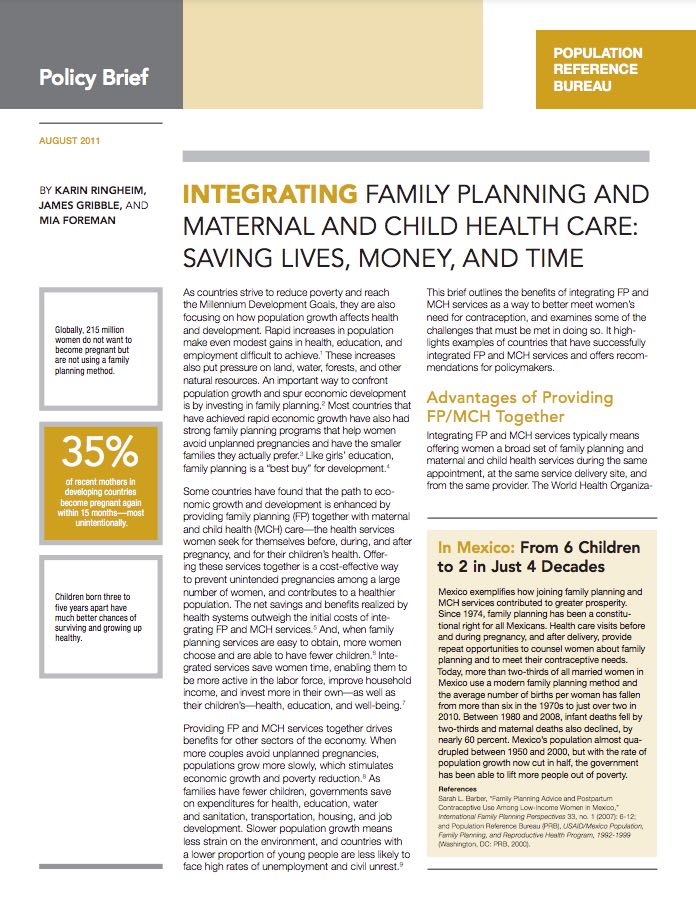Project: IDEA: Informing Decisionmakers to Act
2014 World Population Data Sheet
PRB’s World Population Data Sheet is an annual report on the world’s demographic, health, and environmental progress and challenges.
Project: IDEA: Informing Decisionmakers to Act
PRB’s World Population Data Sheet is an annual report on the world’s demographic, health, and environmental progress and challenges.

(2010) Population growth has slowed in U.S. retirement destinations, despite the large cohort of baby boomers who have begun to reach retirement age, according to new population estimates from the U.S. Census Bureau.1

The severe lack of knowledge among adolescents regarding sexual and reproductive health (SRH) is a serious concern in Egypt, where half the population is younger than 25.
(2010) What are the "next generation" contraceptives? Several innovative contraceptive methods are expected to enter the market within five years, and more are under development. What are they and who is likely to use them? How might new methods help reduce the unmet need for contraception of an estimated 200 million women worldwide?

Project: IDEA: Informing Decisionmakers to Act
(2011) As countries strive to reduce poverty and reach the Millennium Development Goals, they are also focusing on how population growth affects health and development.

Project: IDEA: Informing Decisionmakers to Act
(2011) As countries strive to reduce poverty and reach the Millennium Development Goals, they are also focusing on how population growth affects health and development.